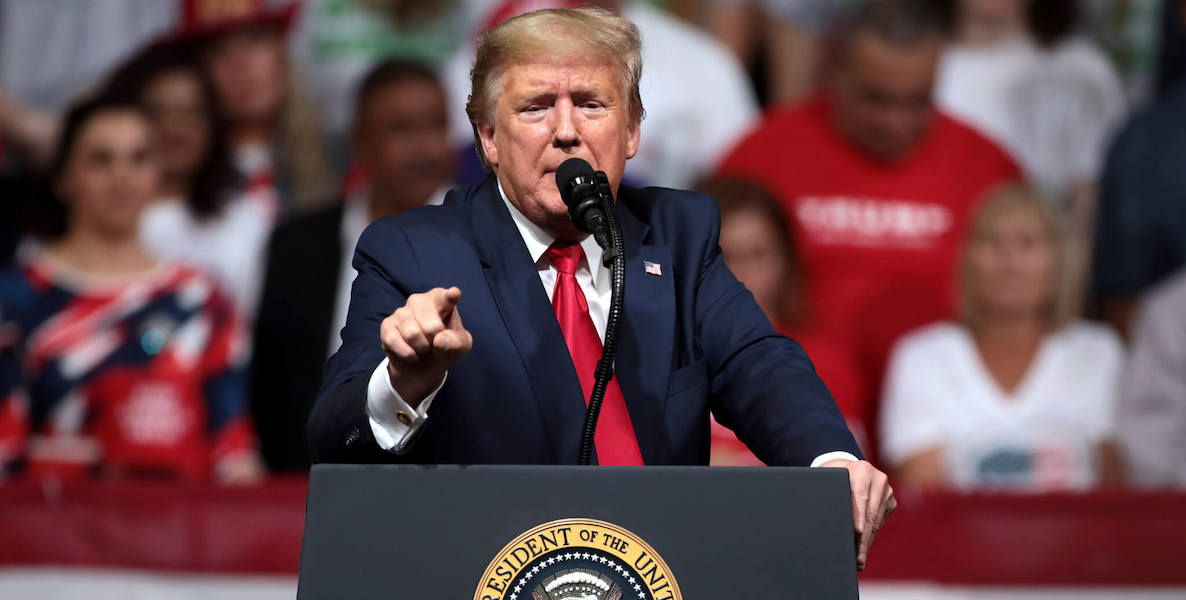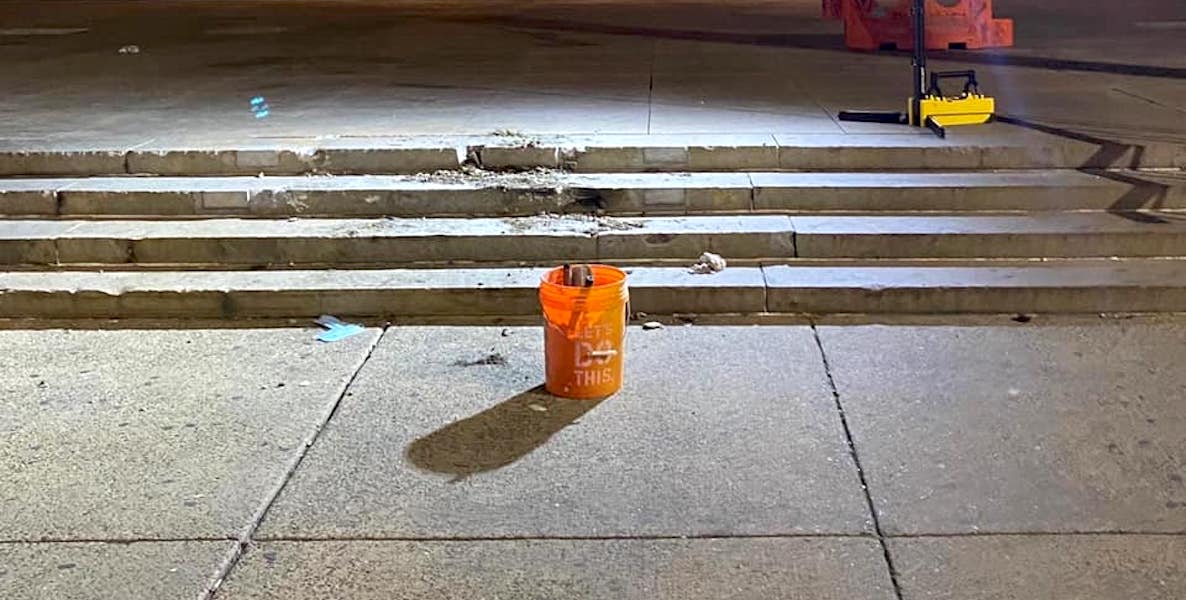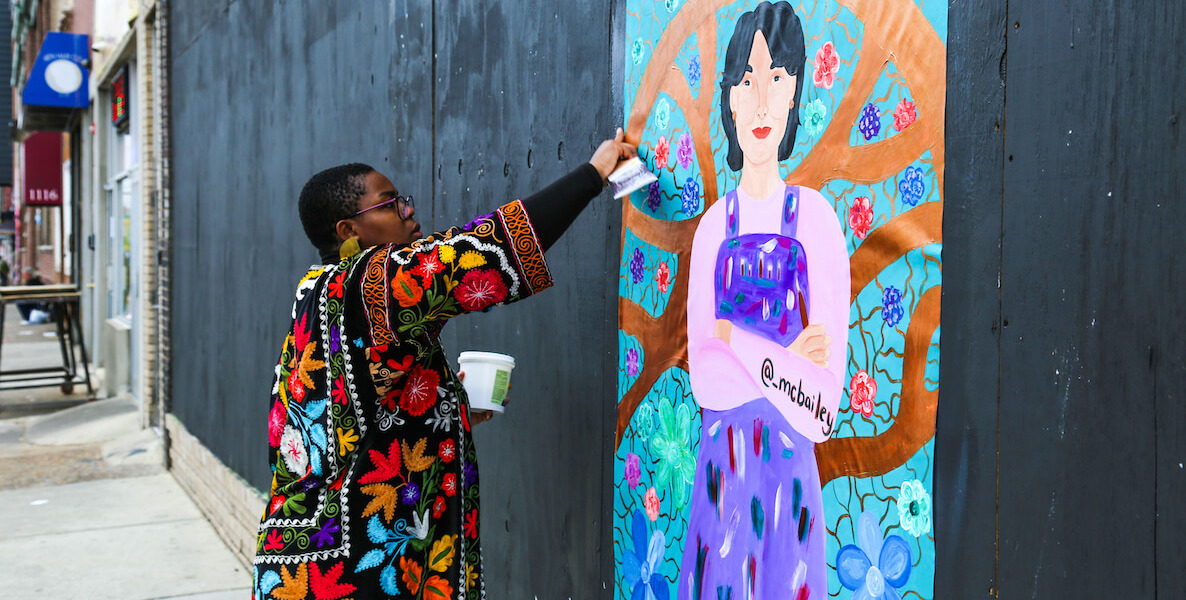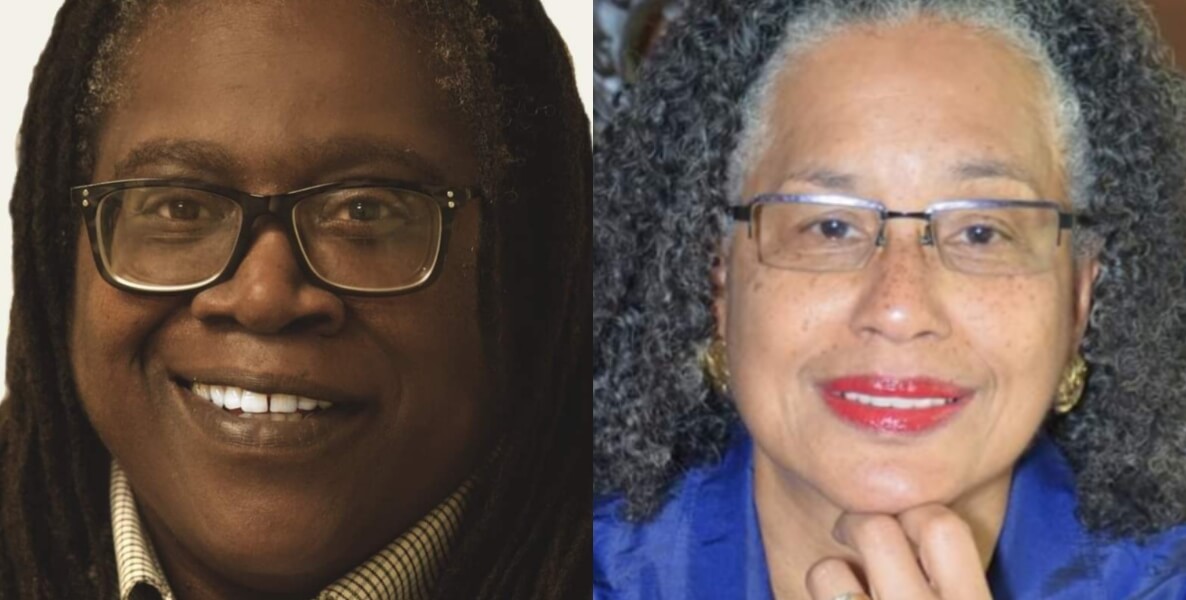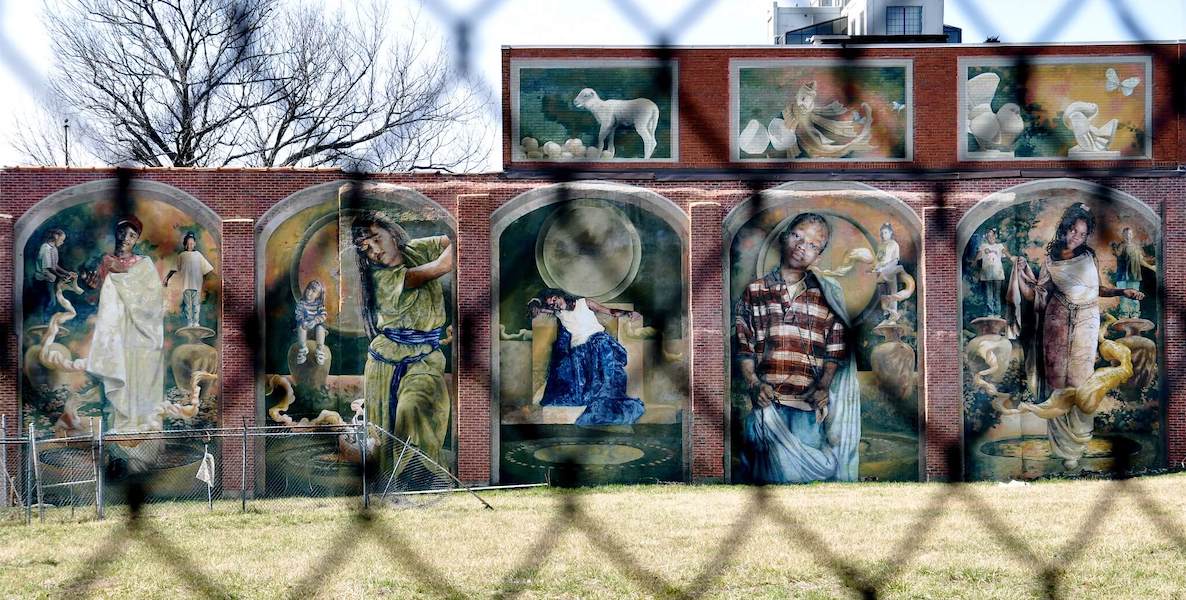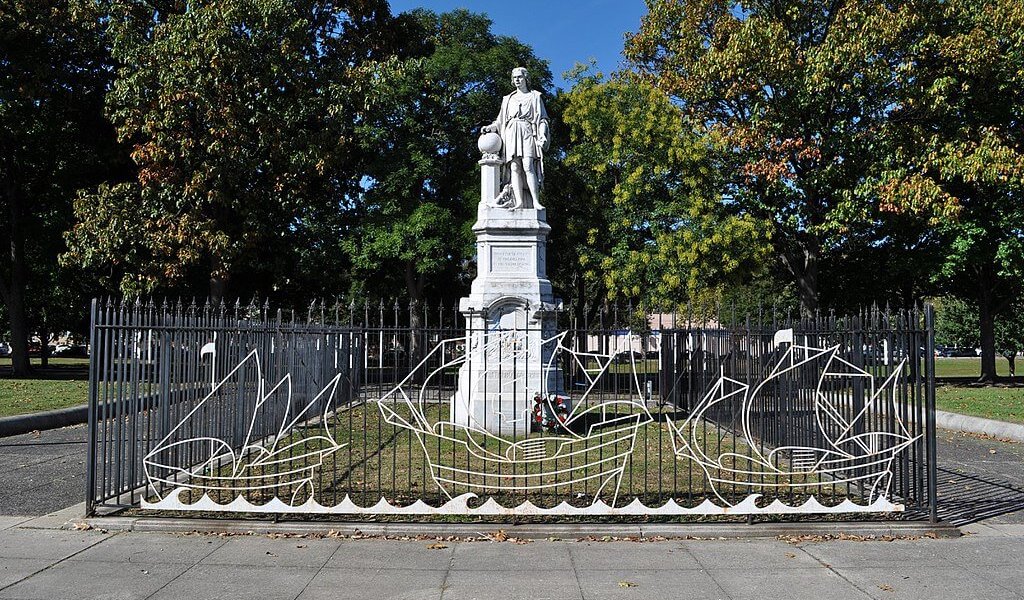One of the worst aspects of contemporary American politics is the tendency among citizens and politicians alike to be unable to hold more than a single viewpoint about a particular issue in their heads at the same time. On every issue, we feel the need to come down fully on either side A or side B, when in reality A and B each contain a great deal of truth.
This tendency to wed ourselves to one truthful side of an incredibly complex issue—thereby cutting ourselves off from the value and truth of the other sides—has grown wildly apparent when it comes to the question of tearing down statues of historical figures.
The problem is that the question of statues is not an A or B issue. If we look at the recent disputes over tearing down statues close to home here in Philly and throughout the rest of the nation, we find some removals that are well-deserved and overdue and others that seem wrongheaded and even dangerous. Confederate statues? Rip ‘em down. Frank Rizzo? Keep him up, but place him next to Cecil B. Moore. Christopher Columbus? Don’t touch him, but tell the whole story.
Let me explain.
We must be very careful when we remove public historical markers. A people who cannot honestly confront their past cannot honestly reckon with their present. The late historian Arthur Schlesinger, Jr. rightly noted in his 1998 book, The Disuniting of America: Reflections on a Mutlicultural Society, that “history is to the nation…as memory is to the individual. As an individual deprived of memory becomes disoriented and lost, not knowing where he has been or where he is going, so a nation denied a conception of its past will be disabled in dealing with its present and its future.”
If we erase every moral failure of America from our public eye, we will soon lose a conception of America (if we haven’t already). That is dangerous. We need historical, philosophical, and ethical moorings to inform and underpin our political debates. Without those moorings America can become unhinged, lost, frustrated, and violent.
![]() Note: America—i.e., the United States of America. The Confederacy was both a frontal assault on human dignity (thanks to its embrace of chattel slavery) and to the United States of America. The Confederate South sought to secede from the Union. Abe Lincoln and the multiracial Union Army forcefully disallowed Southerners from successfully doing so. The Confederates were traitors. They don’t deserve statues—not because of their immorality, but because they sought to blow up our system of government and our nation.
Note: America—i.e., the United States of America. The Confederacy was both a frontal assault on human dignity (thanks to its embrace of chattel slavery) and to the United States of America. The Confederate South sought to secede from the Union. Abe Lincoln and the multiracial Union Army forcefully disallowed Southerners from successfully doing so. The Confederates were traitors. They don’t deserve statues—not because of their immorality, but because they sought to blow up our system of government and our nation.
That said, tearing down the statues of Confederate generals should be the exception, not the rule. Not honoring those who tried to break us apart is a distinct matter from wiping away those who have shaped who we are, even if they were far from saints. Enter Frank Rizzo.
Don’t get me wrong, I’m no lover of Frank Rizzo. I recently read University of Southern Alabama historian Timothy J. Lombardo’s insightful book, Blue-Collar Conservatism: Frank Rizzo’s Philadelphia and Populist Politics. As Lombardo writes, Rizzo “maintained his base of support by opposing public housing, school desegregation, affirmative action, and other liberal programs that he and his supporters deemed unearned advantages for nonwhites.” He also encouraged and personified the sort of police brutality which so many are rightfully pushing back on right now. That said, Lombardo notes that “Frank Rizzo was loved as much as he was hated.”
If we erase every moral failure of America from our public eye, we will soon lose a conception of America (if we haven’t already). That is dangerous. We need historical, philosophical, and ethical moorings to inform and underpin our political debates. Without those moorings America can become unhinged, lost, frustrated, and violent.
The man was loved, and is still loved, by large swaths of the city’s population, but he was also chock full of racial prejudice (“Vote white”? C’mon). But is papering over the man, his impact, and his legacy the way to go about this? No. We should erect statues of Cecil B. Moore, Robert Purvis, and Absalom Jones to face the Rizzo statue. Rizzo is a key part of who we are, but so too are Moore, et al.
![]() And sure, Rizzo was the champion of many “white ethnics,” but he doesn’t define them. We should highlight other “white ethnics” who haven’t fallen into the trap of racial prejudice and have instead joined with African Americans—i.e., their fellow Philadelphians and fellow Americans—in the fight to realize the promise of this City of Brotherly Love and this nation of “life, liberty, and the pursuit of happiness.”
And sure, Rizzo was the champion of many “white ethnics,” but he doesn’t define them. We should highlight other “white ethnics” who haven’t fallen into the trap of racial prejudice and have instead joined with African Americans—i.e., their fellow Philadelphians and fellow Americans—in the fight to realize the promise of this City of Brotherly Love and this nation of “life, liberty, and the pursuit of happiness.”
I’m talking about people like Anna McGarry, an Irish widow from North Philly who played a monumental role in fostering healthier relations between white and black Philadelphians and in advancing Blacks’ labor, civil, and human rights in the mid-20th century by serving as a member of the city’s Commission on Human Relations and the Philadelphia Catholic Interracial Council.
Let’s put the key figures of the city’s past in dialogue with one another so that we may do the same. Let’s have events at the feet of these statues, hold public meetings, have conferences, and invite historians. Let’s lay the groundwork for robust, peaceful, constructive conversations that allow Philadelphians to grapple with the pains of their past (and thus, the challenges of their present).
And what about Christopher Columbus? Mayor Kenney is asking the city’s Art Commission to remove the statue from Marconi Plaza (after a perfunctory period of virtual public comment) “in light of ongoing public safety concerns about the presence of armed individuals at Marconi Plaza.”
That’s absurd. If Kenney was concerned about public safety, he would ensure that the City’s police officers actually enforce the law (and his curfew orders) against bat-wielding and wrench-gripping white residents. Kenney isn’t concerned about public safety; he’s scared.
Did Christopher Columbus abuse, murder, and enslave indigenous peoples? Yes. Did he play a pivotal role in the history of this nation and the world? Also yes.
Since the whole Columbus statue saga is such a sticky situation, why don’t we double down on the fact that our city is in fact the cradle of an imperfect democracy? Why don’t we double down on the fact that our city teems with rich history? Why don’t we make Marconi Plaza and its surrounding area a rich reminder of the pains and promise we can find when peeling back the folds of American history?
Let’s put the key figures of the city’s past in dialogue with one another so that we may do the same. Let’s have events at the feet of these statues, hold public meetings, have conferences, and invite historians. Let’s lay the groundwork for robust, peaceful, constructive conversations that allow Philadelphians to grapple with the pains of their past (and thus, the challenges of their present).
Let’s place statues of indigenous people next to Columbus and couple them with a plaque explaining the pain and plunder which his conquest of their land wrought. Nearby, let’s paint a mural that shows all the joy, progress, destruction, and question marks to which that pain and plunder have given rise. The mural should depict Columbus, Native Americans, Revolutionary War-era colonists, slaves, Union soldiers, factory workers, “fat cats,” civil rights activists, Black Lives Matter protesters, cops, and everyone in between.
In the city where it all began, let’s not be afraid to tell the whole story. Let’s reckon with the pain, but let’s not neglect the promise. We are not an eternally damned nation. We are an imperfect yet extraordinary nation composed of imperfect yet extraordinary people. We owe it to ourselves to be real with ourselves. Let’s not be afraid to tell our story, and to do so publicly.
![]() Telling that story will require good-faith arguments like the ones I’ve put forth above. Maybe you think I’m right, maybe you think I’m wrong, or maybe you’re somewhere in between. But if you’ve gotten to the end of this article, please realize that by bringing up various aspects of our past, I’m encouraging you to reckon with that past and how it relates to our present. In the end, such reckoning is precisely the point of these statues and historical markers. They serve a civic function, and yes, they even challenge us to think complexly about complex issues—another key requirement of good citizenship.
Telling that story will require good-faith arguments like the ones I’ve put forth above. Maybe you think I’m right, maybe you think I’m wrong, or maybe you’re somewhere in between. But if you’ve gotten to the end of this article, please realize that by bringing up various aspects of our past, I’m encouraging you to reckon with that past and how it relates to our present. In the end, such reckoning is precisely the point of these statues and historical markers. They serve a civic function, and yes, they even challenge us to think complexly about complex issues—another key requirement of good citizenship.
So let’s resist the mob—of all political persuasions and historical convictions—and let’s take a step back and think through some of these deeper questions calmly, clearly, and together. Since public markers of our past tend to help us do precisely that, we should be wary of tearing them down.
Thomas Koenig is a recent graduate of Princeton University from Oreland, PA.
The Christopher Columbus Statue in Marconi Plaza


